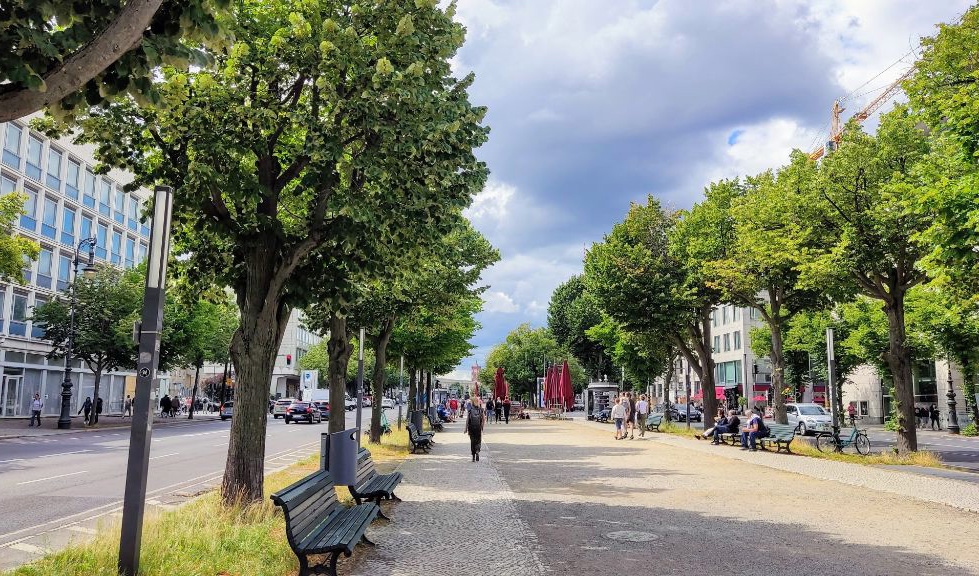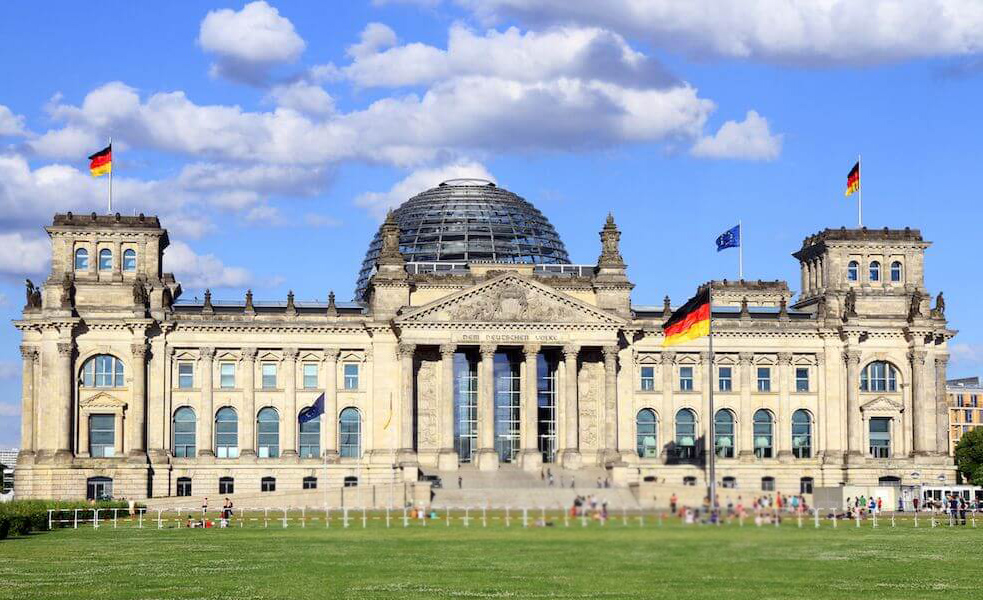Reichstag Berlin
Audio Guide Reichstag
The Reichstag is a historical and architectural building in Berlin, Germany. It is one of the city's most famous landmarks and a symbol of Germany, as well as an important political and historical site.
The Reichstag was built in the late 19th century, during the German Empire, and was opened in 1894. This building was designed by architect Paul Vallott, and it was intended for the German Reichstag, which was the legislative body of the German Empire.
The Reichstag building combines Neoclassical and Renaissance styles, and its most distinctive feature is the large dome that rises above the building. The dome was added in the early 20th century and is considered one of the most recognisable elements of the Reichstag.
The Reichstag played an important role in German history. In 1933, the building was partially destroyed in an arson attack on 27 February 1933, shortly after the Nazis came to power. The building was mysteriously set on fire, and this event served as a pretext for the Protection of People and State Act, which gave the Nazis an excuse to tighten repression and increase their power. To this day, it remains unclear who exactly was behind the burning of the Reichstag, and this has led to much speculation and conspiracy theories. In the post-war era, the Reichstag remained destroyed. It is believed that during the time the Reichstag was destroyed and abandoned after World War II, locals sought protection from spirits and evil forces in the abandoned building. Legend has it that they performed spells on top of the dome to banish evil spirits. In the 1990s, it was restored and became the seat of the German Federal Assembly.
Today, the Reichstag is open for tourists to visit. One of the main attractions for visitors is to climb to the dome of the building, which offers a beautiful view of Berlin. Visiting the dome is free, but requires pre-registration.
The Reichstag is often associated with democracy and the unification of Germany. The dome with its transparent walls symbolises the transparency and openness of the government to the citizens.
The Reichstag epitomises many aspects of German history and culture, and it remains a significant site for Berliners and world tourists alike.
Other sights
-
Alexanderplatz
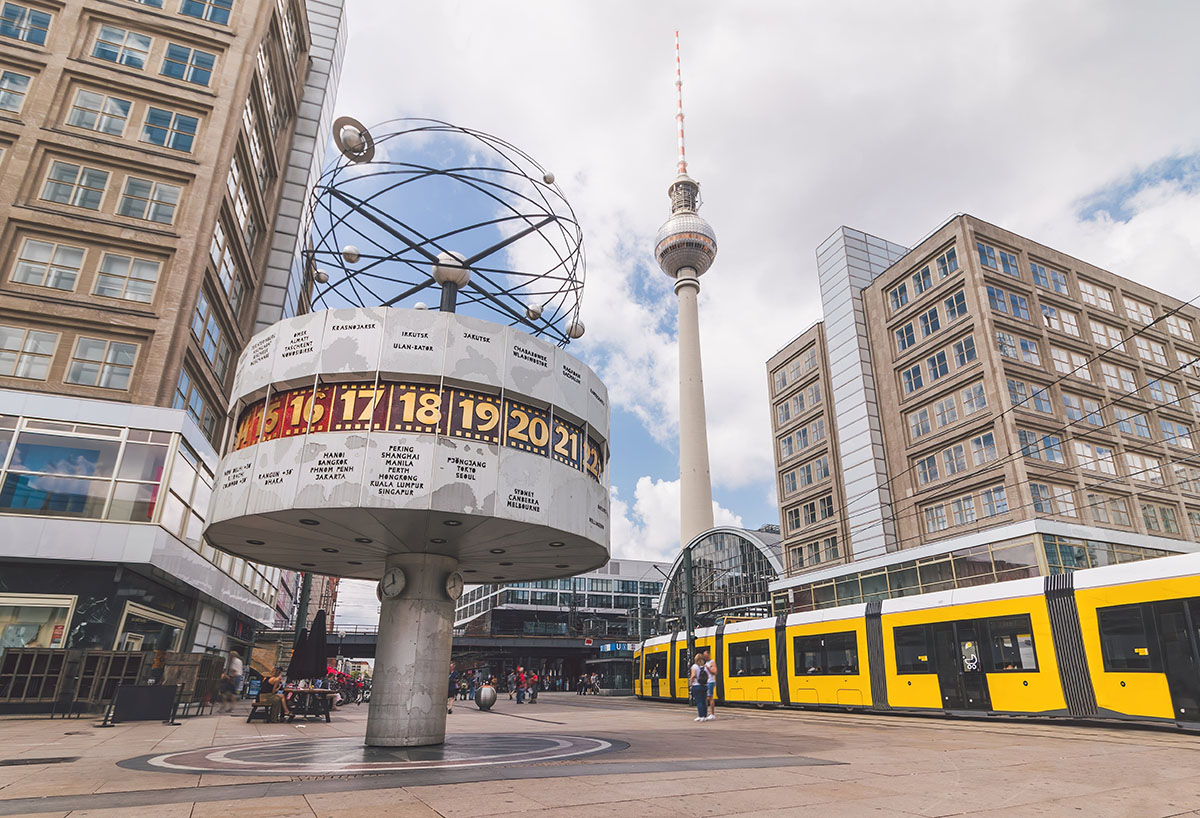
-
Berliner Mauer
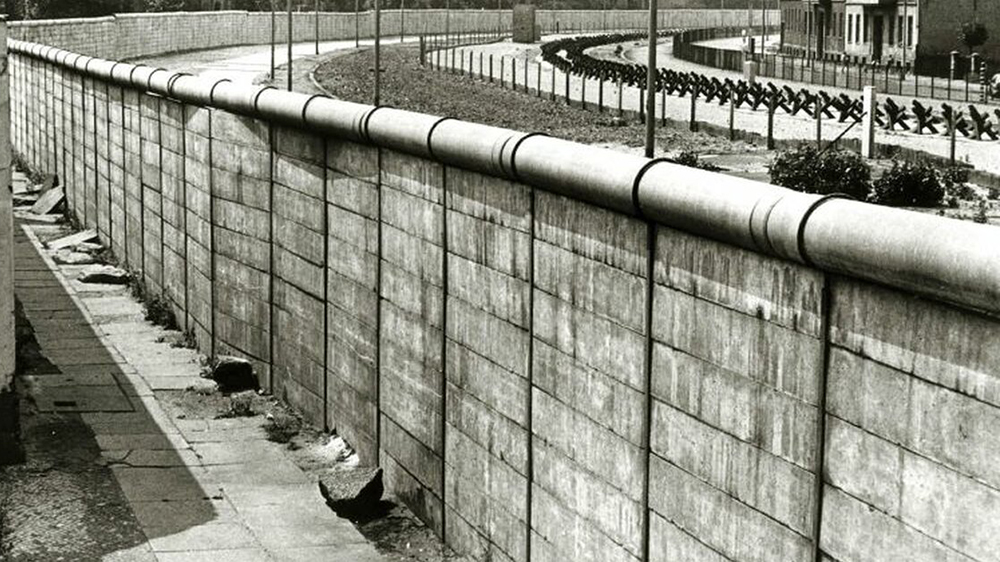
-
Brandenburger Tor
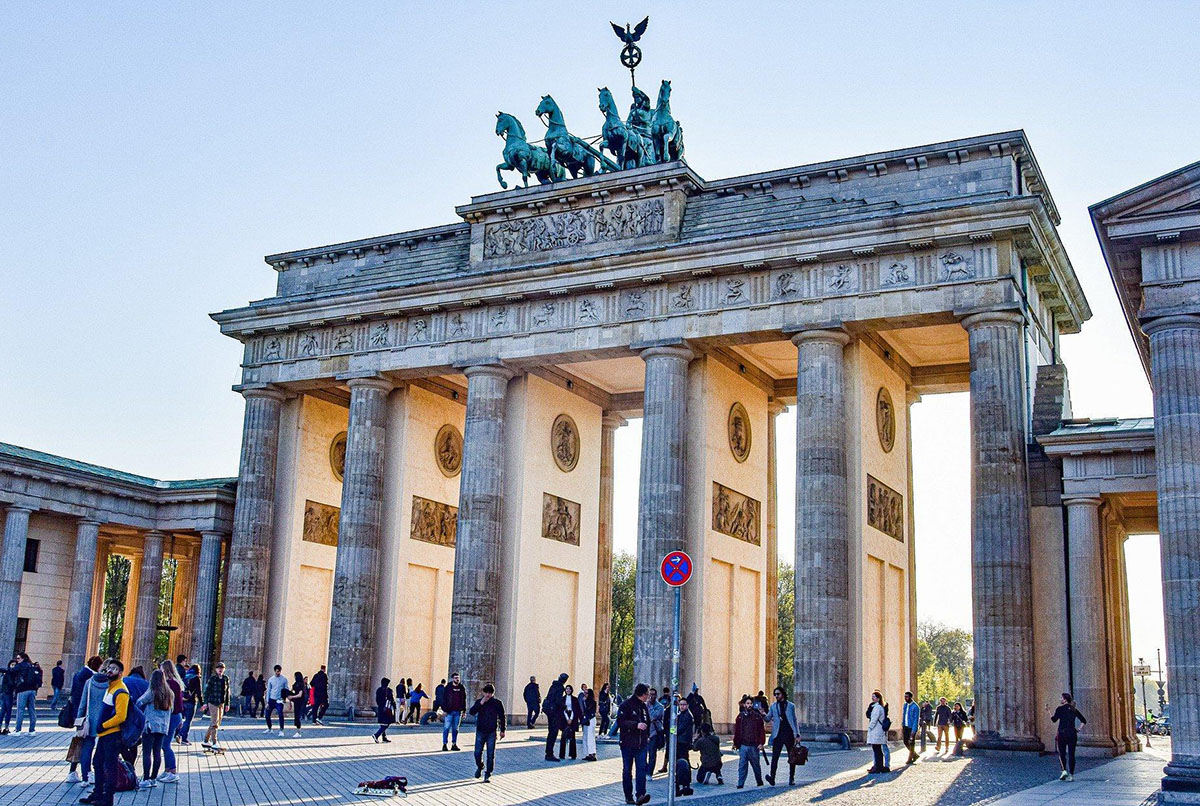
-
Checkpoint Charlie

-
DomAquarée
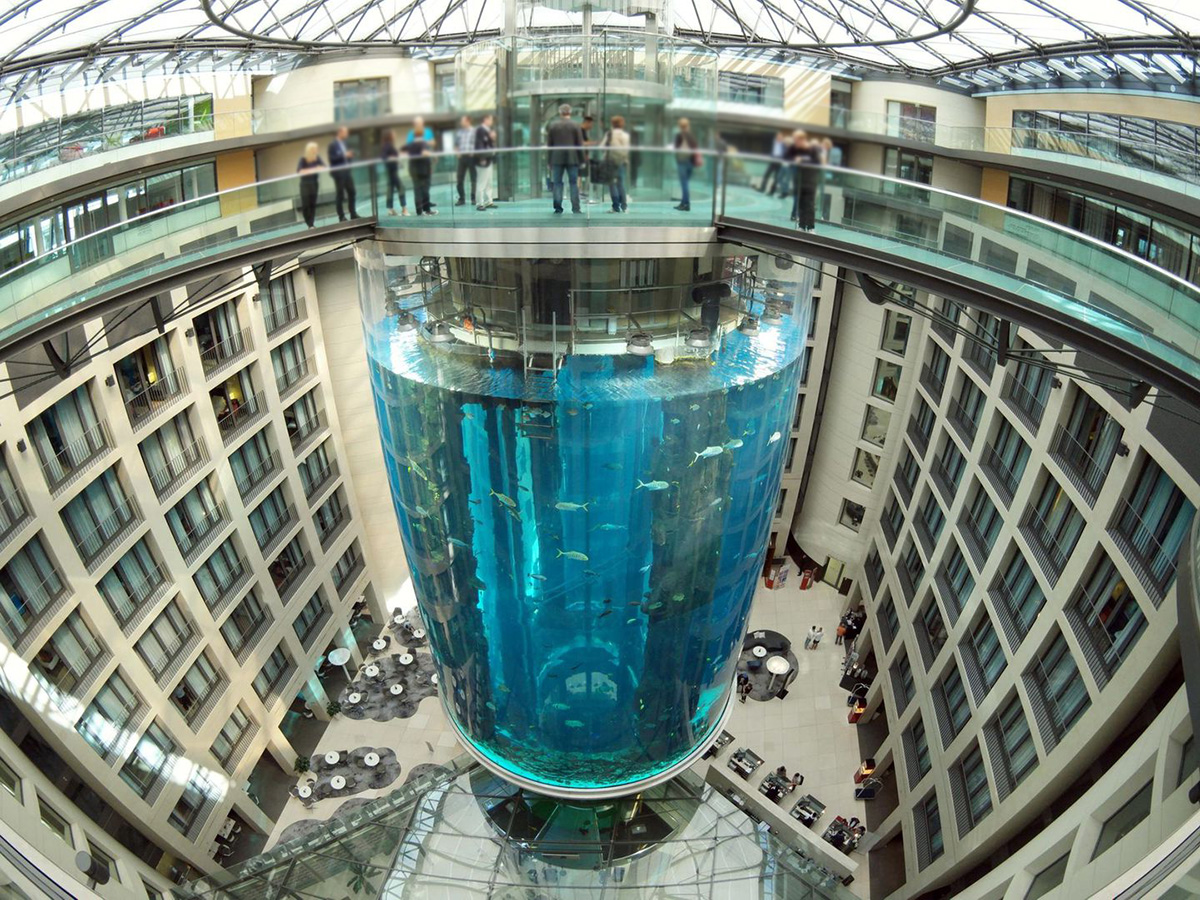
-
East Side Gallery

-
Elefantentor / Zoo
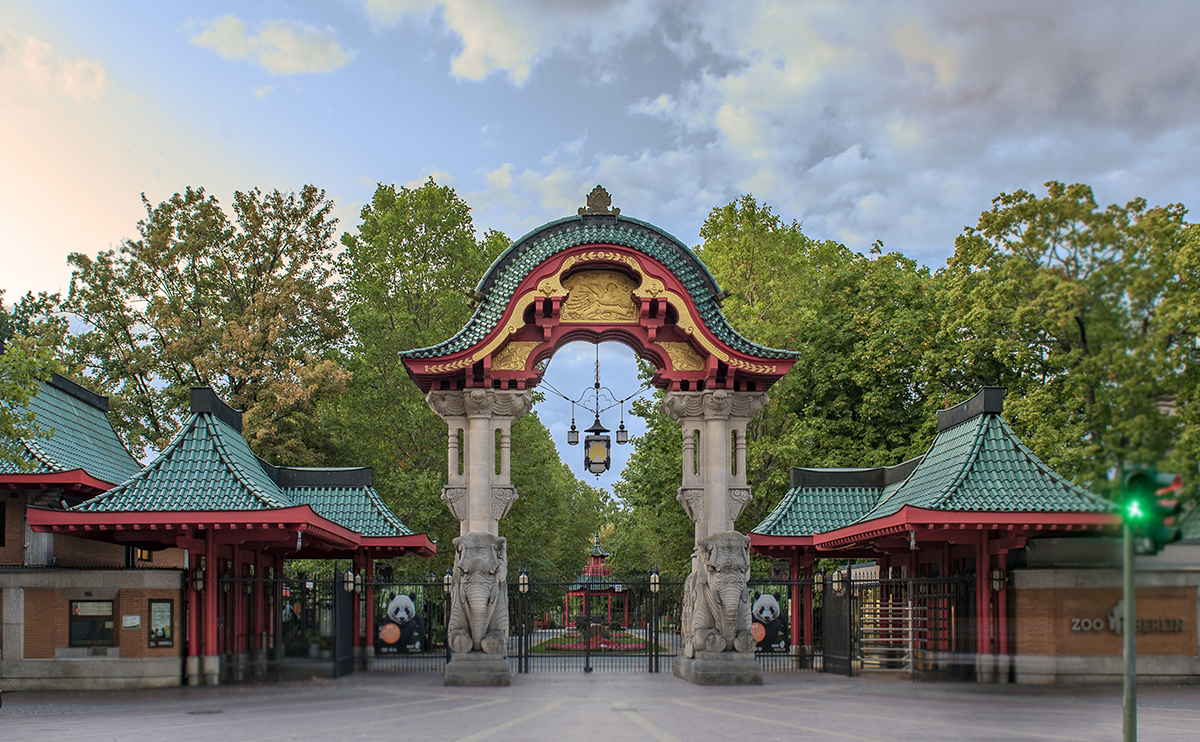
-
Friedrichstrasse
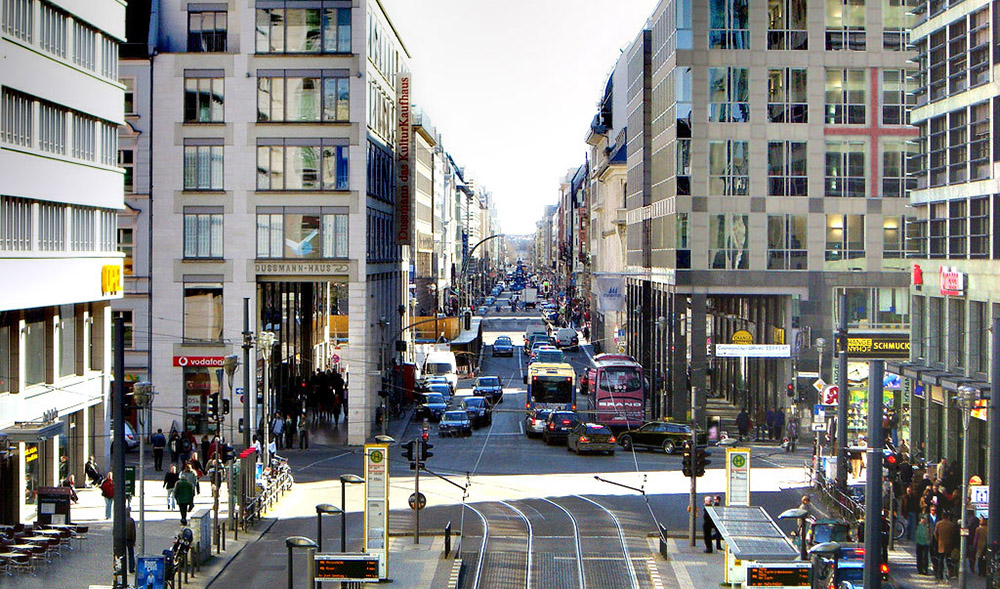
-
Gedächtniskirche / Rankestraße

-
Gendarmenmarkt

-
Gropius Bau
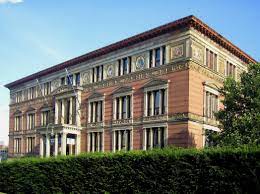
-
Hard Rock Café / Meinekestraße
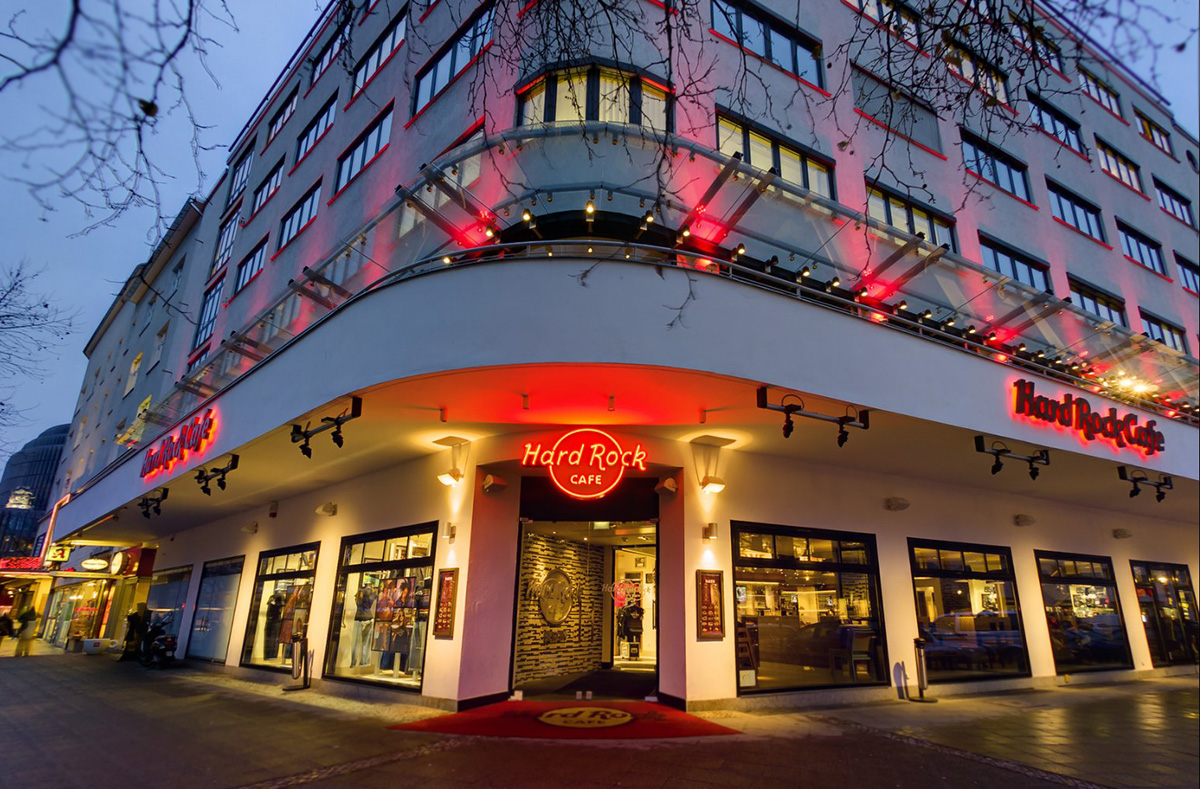
-
Hauptbahnhof
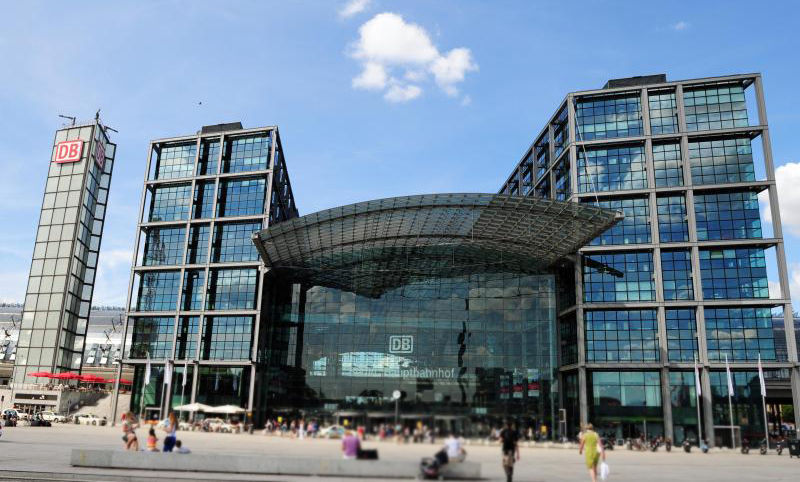
-
Haus der Kulturen der Welt
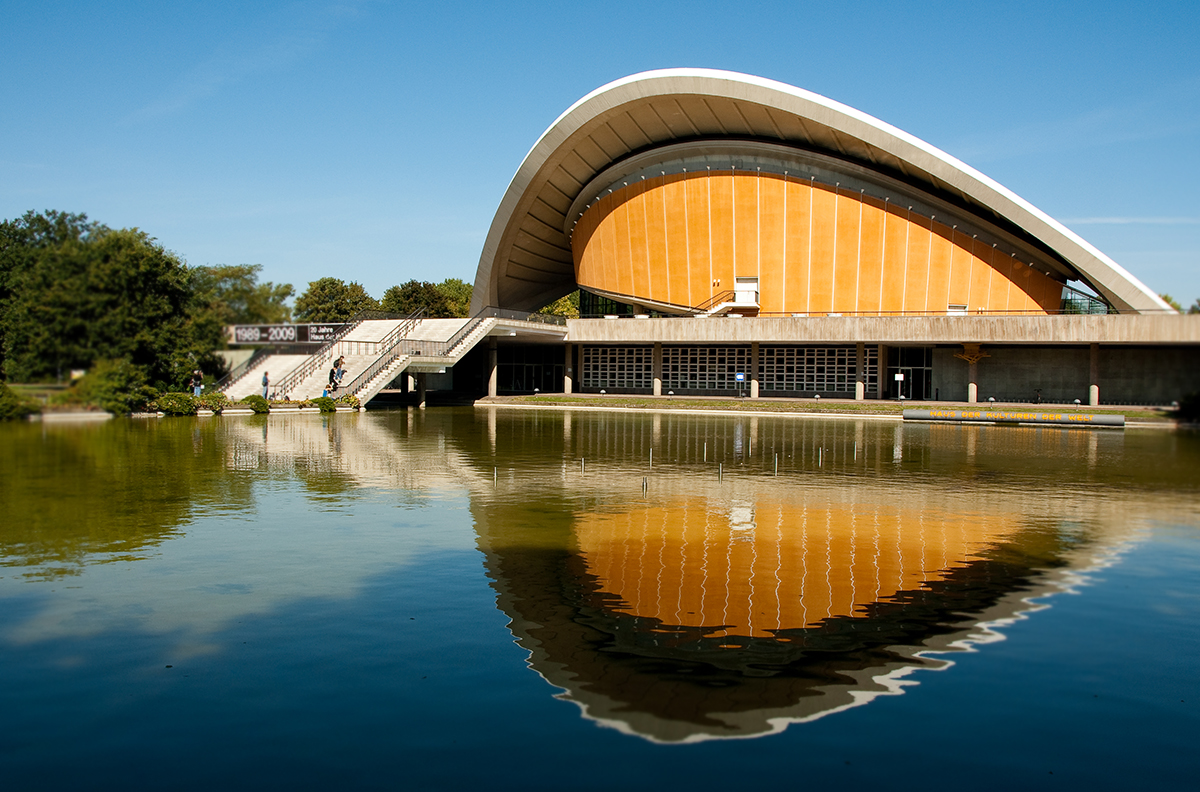
-
KaDeWe
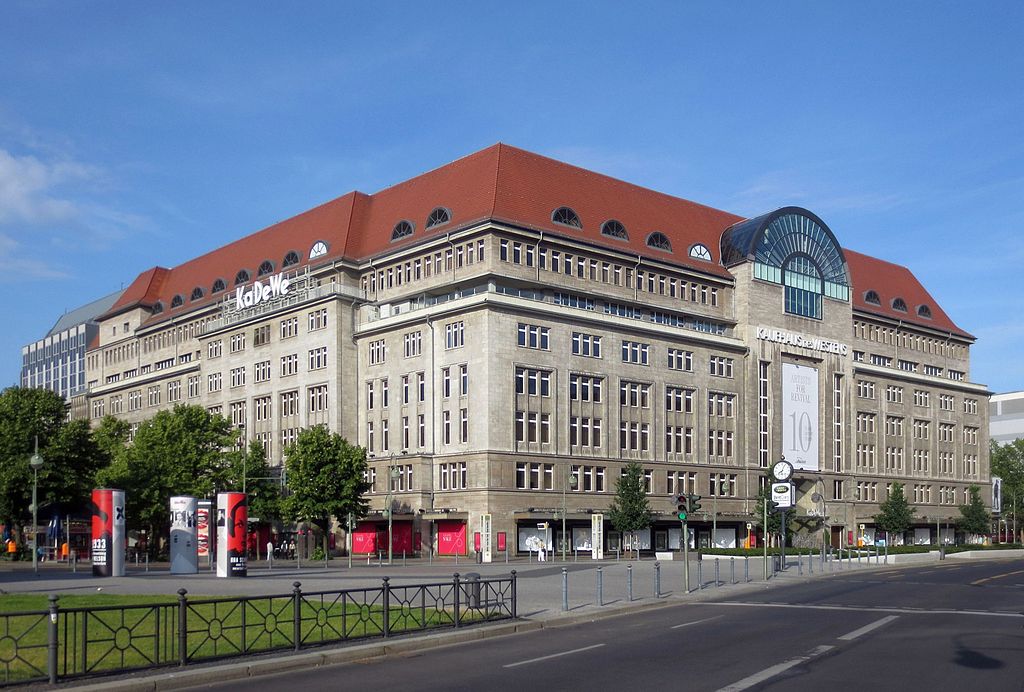
-
Karl-Marx-Allee
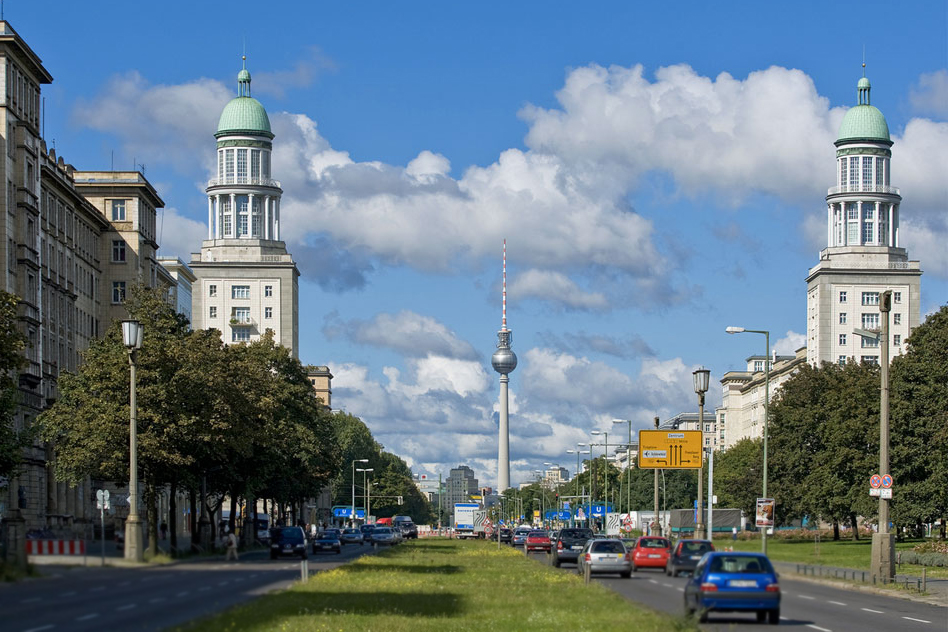
-
Kranzler
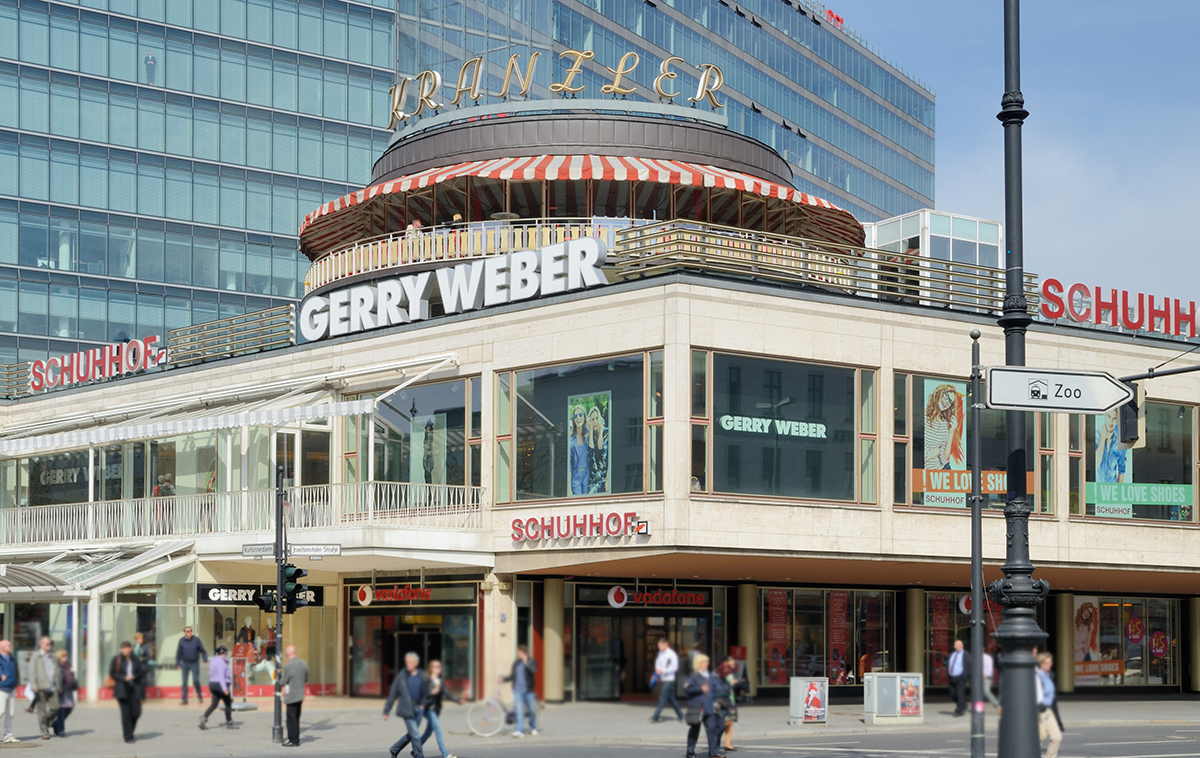
-
Ku Damm (Kurfürstendamm)
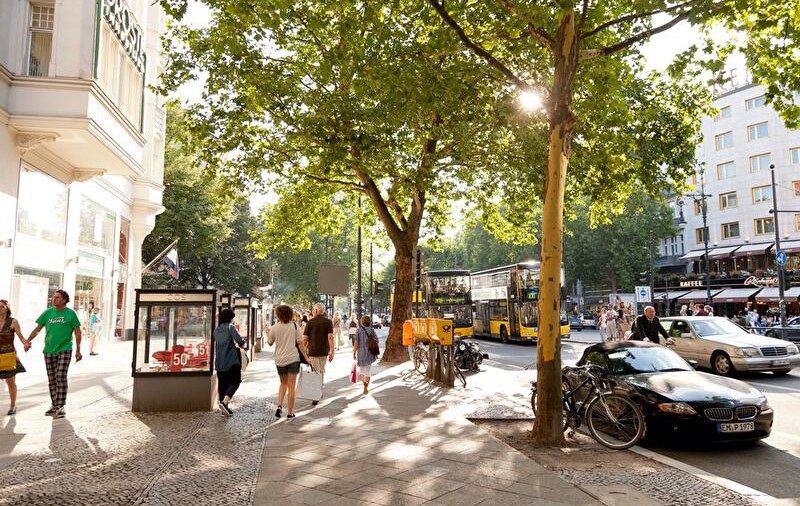
-
Kulturforum Tiergarten
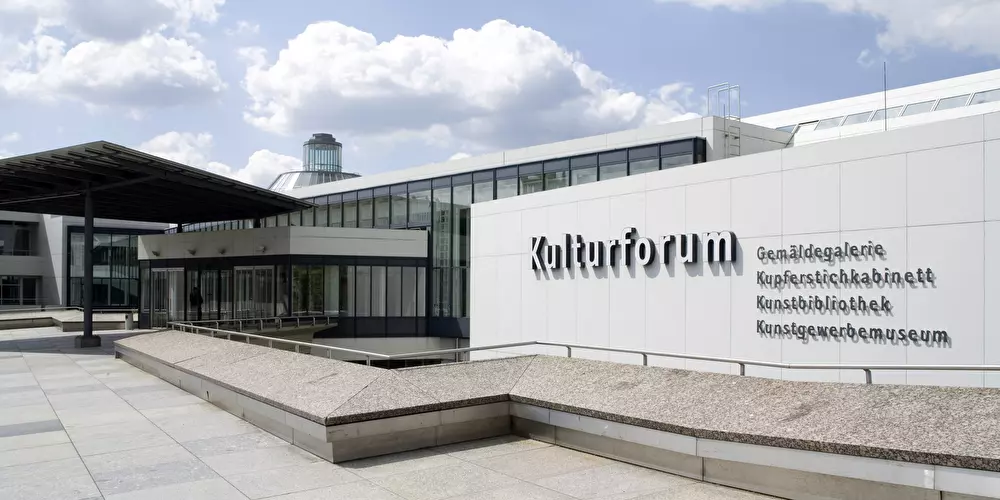
-
Kurfürstendamm 236 (Marmorhaus)
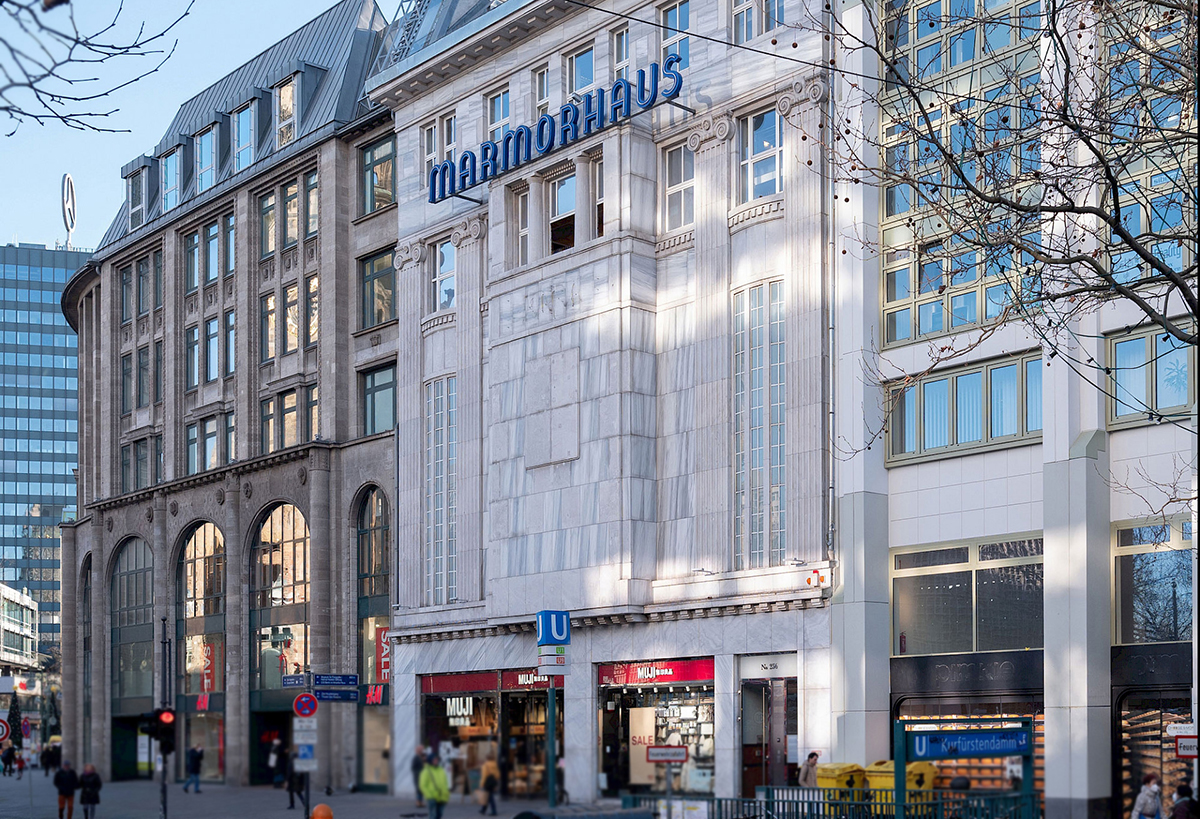
-
Lustgarten
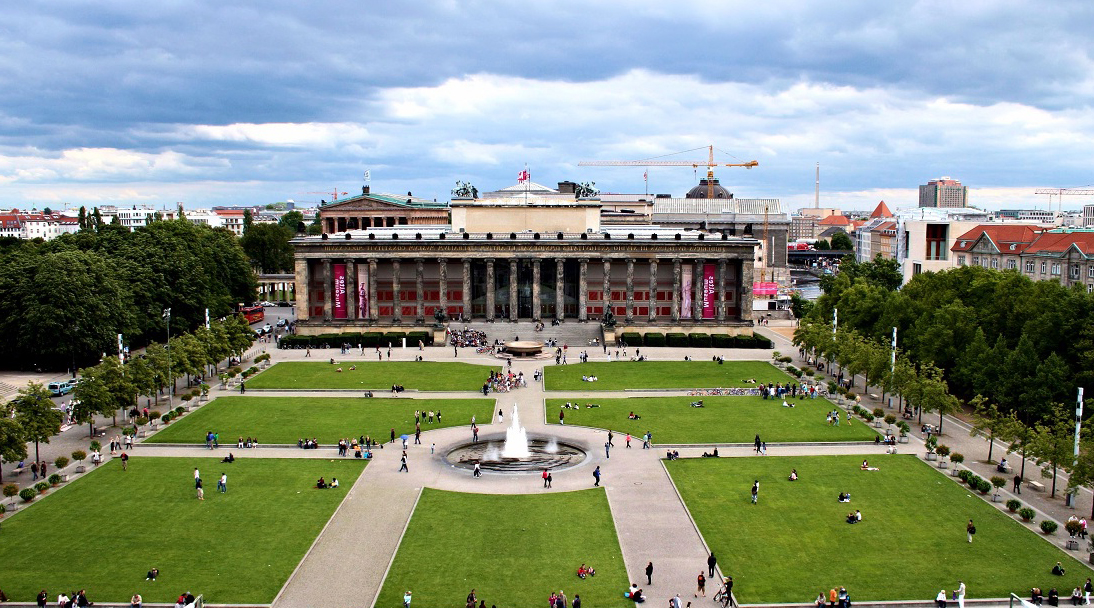
-
Lützowplatz
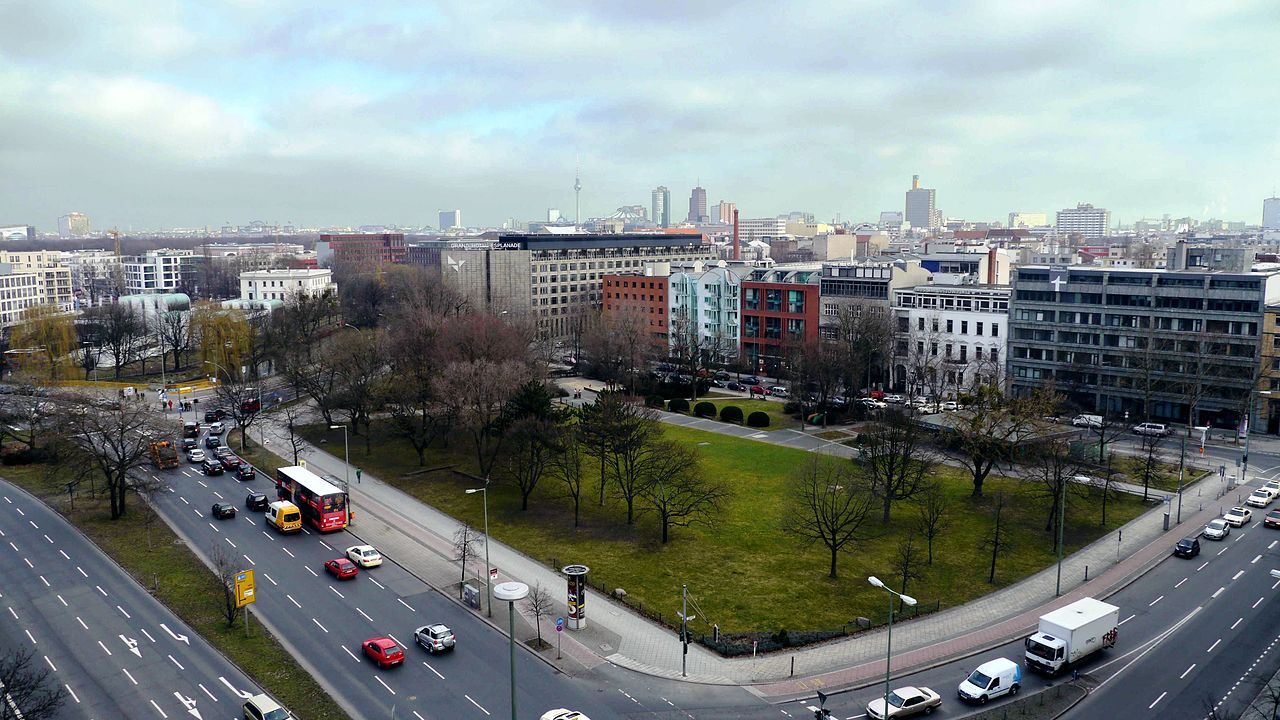
-
Museum Island / Museumsinsel
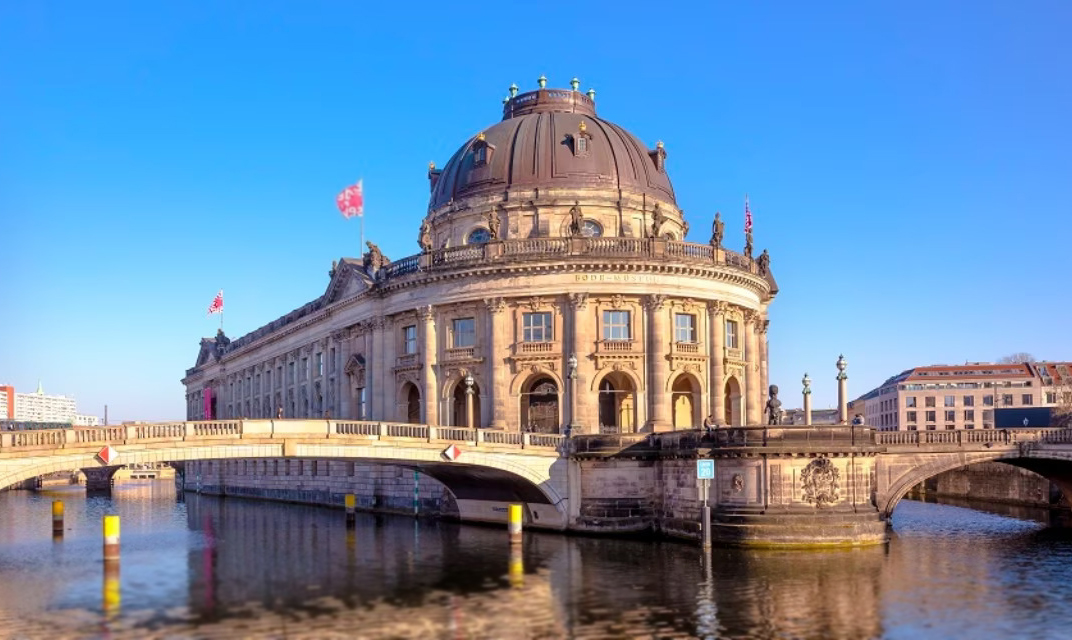
-
Neptunbrunnen / Rotes Rathaus
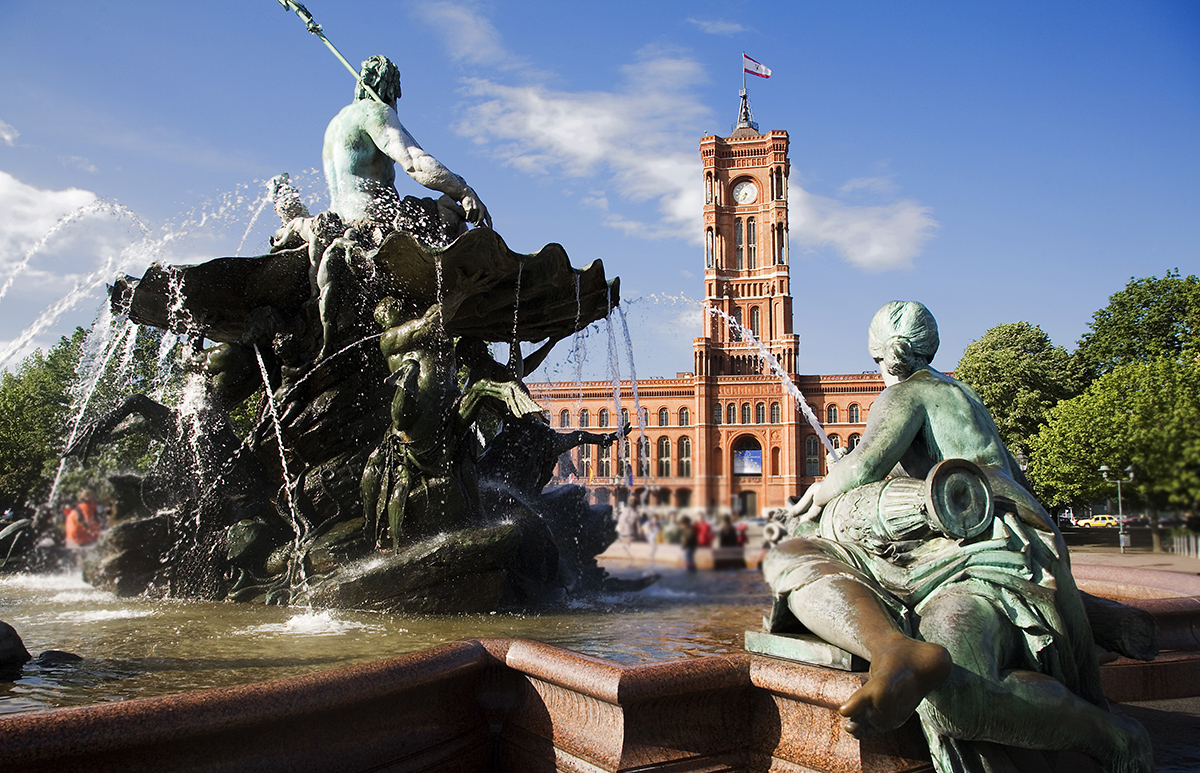
-
Ostbahnhof
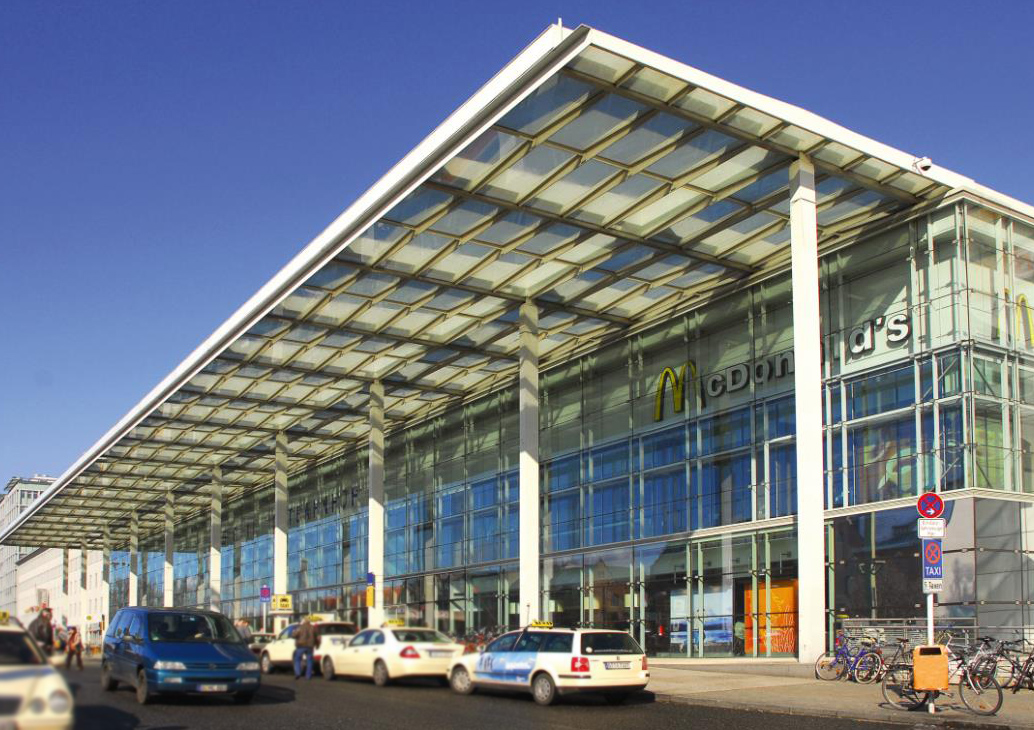
-
Potsdamer Platz / Hist. Ampel

-
Rotes Rathaus

-
Schloss Bellevue

-
Siegessäule
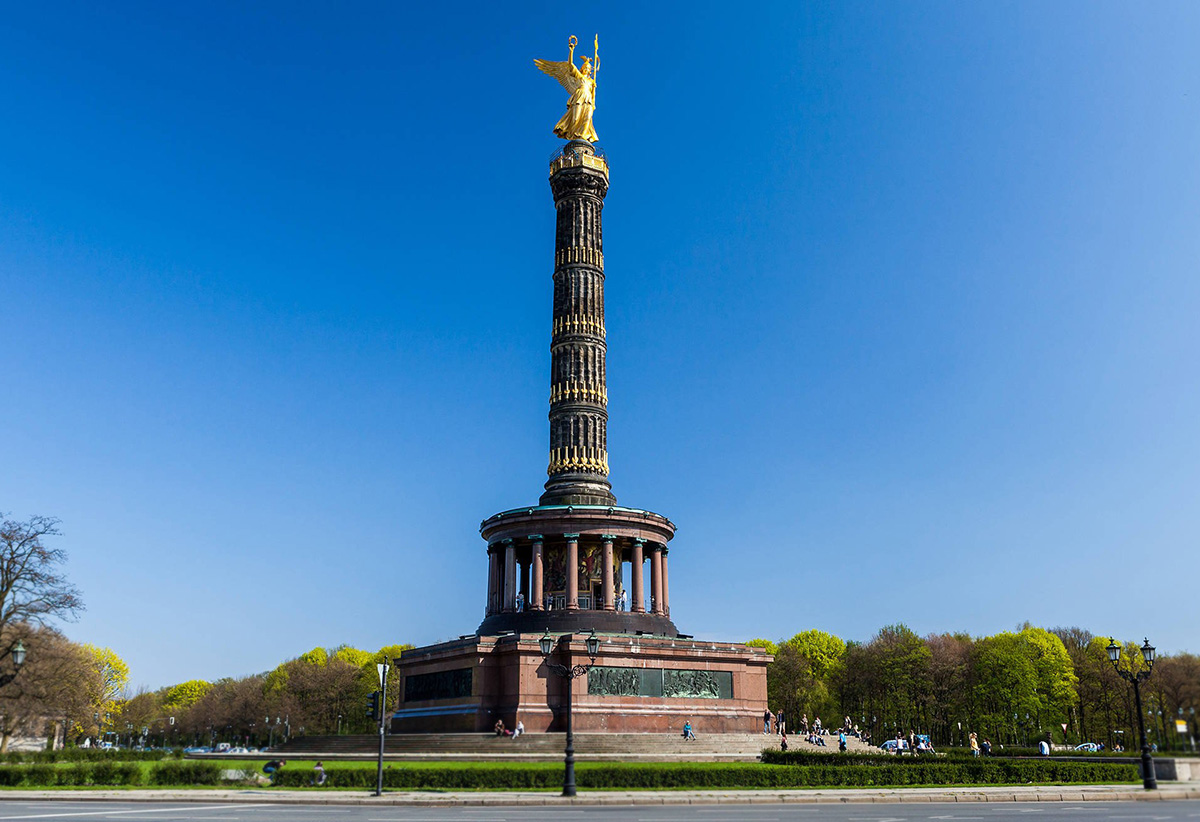
-
Tauentzienstrasse
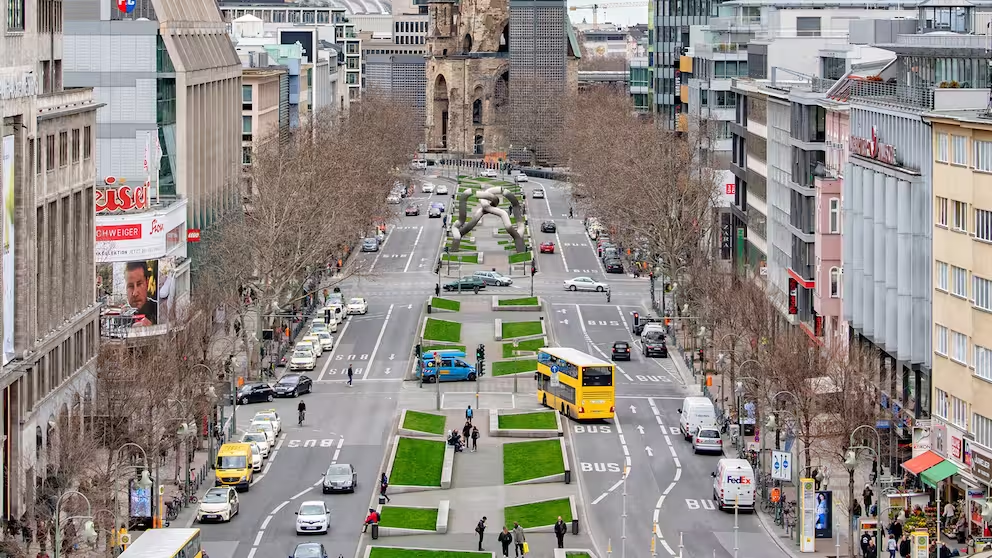
-
Unter den Linden / Friedrichstraße
